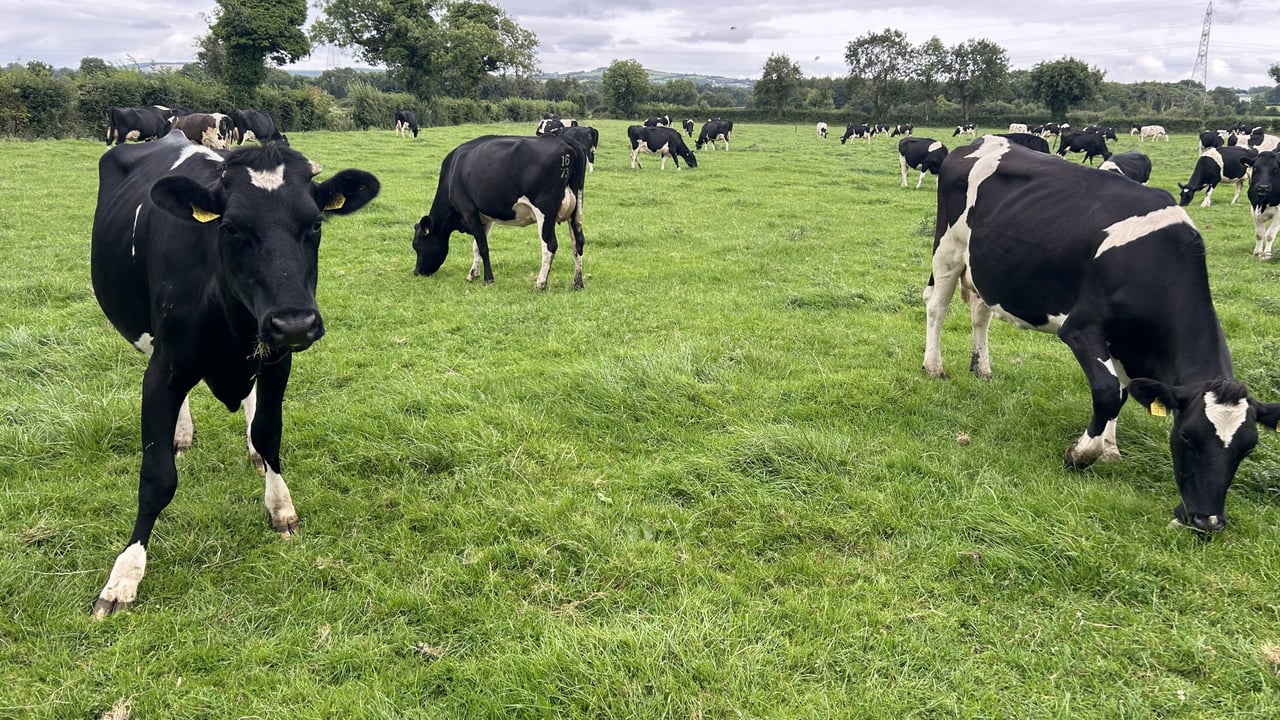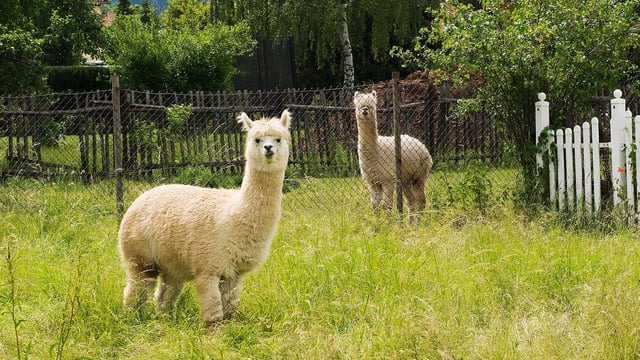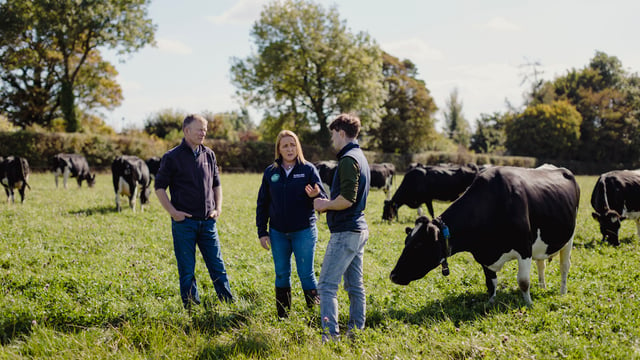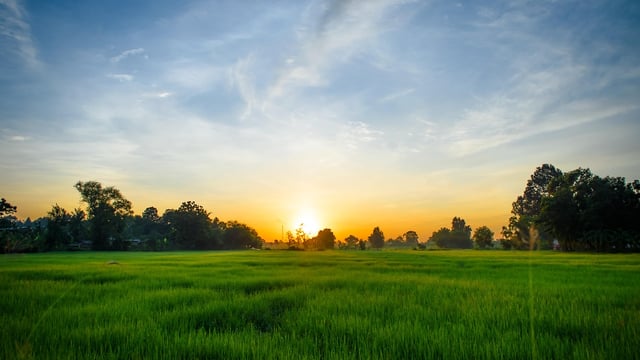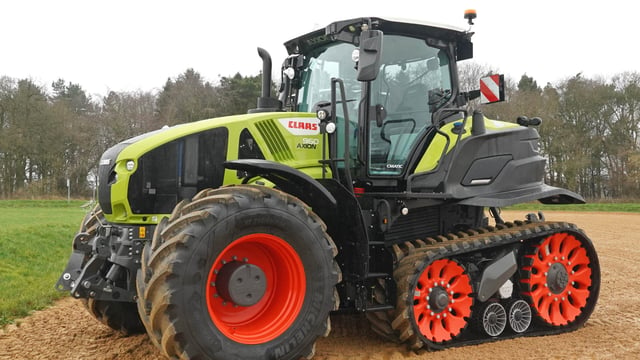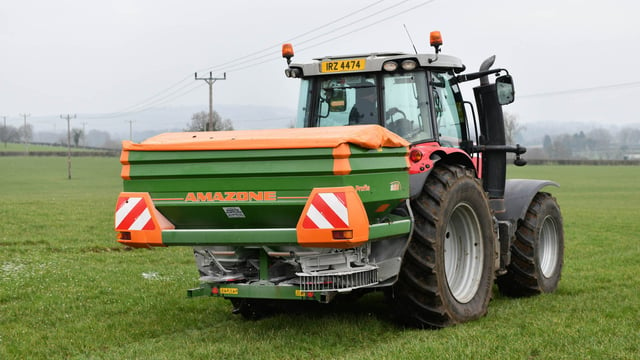Excellent grazing conditions as St. Patrick's Day approaches
As St. Patrick's Day approaches, grazing conditions around the country seem to be favouring most farmers as dry, sunny spells improve grass growth rates.
The last week has given many farmers the chance to get cows out grazing as ground conditions have dried up and paddocks have become more accessible.
Chances to get out grazing for many have been limited in parts of the country that have experienced heavier rainfall and for many, on/off grazing and getting the cows out for a few hours each day has been the tactic.
With the weather improving and grass growth beginning to take off, it might be an option to chance getting the cows out full-time or at least allocate more grass in the diet in the morning and evenings.
Getting the diet right
Most cows will be beginning to hit their peak milk production, which usually occurs around six to eight weeks after calving.
At this stage, cows are reaching their peak production and their dry matter intake (DMI) is still limited as they only reach their peak DMI around eight to 10 weeks after calving.
So, at this stage of the lactation, it is important to make sure the cow is not 'milking off her back' and losing condition to pump milk production.
This can also lead to prolonged negative energy balance whereby the cow is using more energy for maintenance and milk than what she is receiving which can lead her into a state of ketosis.
Milk protein at this stage can take a hit and in severe cases fall below 3.20% which is usually a result of cows coming in and out from grazing due to poor conditions.
When cows go from high quality grazing grass with a UFL of about 1.0-1.1 kg/DM back into sheds getting fed 70% DMD silage that only has a 0.8 UFL kg/DM, the energy density of the diet and digestibility of the forage is lower which has its impact on milk protein.
Grazing
To maximise the cow's DMI, to prevent her from losing condition and going into a state of ketosis and to maximise milk solids sold at this of the year, the answer is to get the cows out grazing and drive production and health through grass.
Increased concentrate feeding in early lactation will typically result in increased milk yield output, but will also lead to reduced efficiency of digestion in the rumen as the proportion of concentrate increases.
To limit condition loss in the cows at this stage of the lactation, ensure cows are getting an appropriate and increasing allocation of forage, by monitoring post-grazing residuals, as dry matter intakes will continue to increase for the next few weeks.
The typical diet around the country at the moment is 9kg of grass DM with 4.5kg of meal and 3.5kg of silage.
Grass should be the priority to drive on milk solids in the bulk tank as grazed grass is a lot more energy dense than silage at this stage.
If the average farm cover (AFC) on the farm is above 900kg DM/ha, cows should be full-time at grass and if the AFC is below 750kg DM/ha, farmers should be allocating grass by day.
Growth rates last week averaged 14kg DM/ha and grass growth for the next few days is predicted to range between 13-23kg DM/ha according to PastureBase Ireland.
There's not much rain predicted for the next week and soil temperatures remain quite low due to the colder mornings experienced, ranging between 5-7℃.

